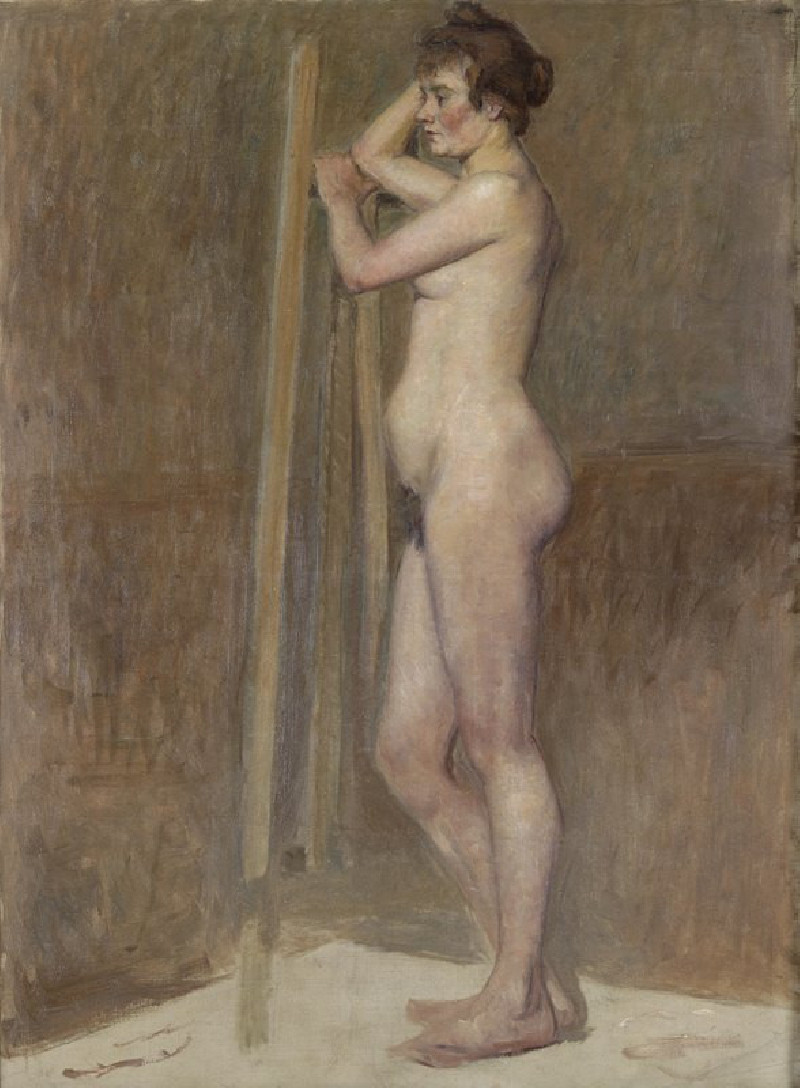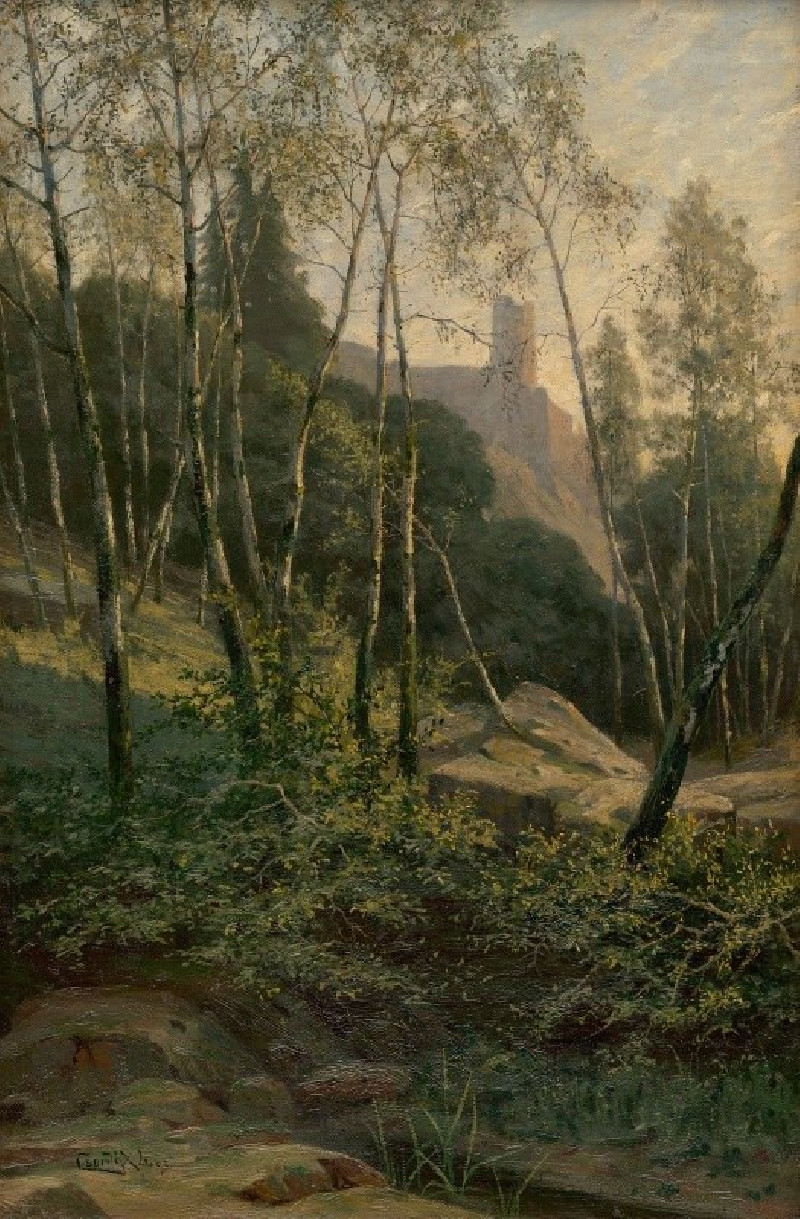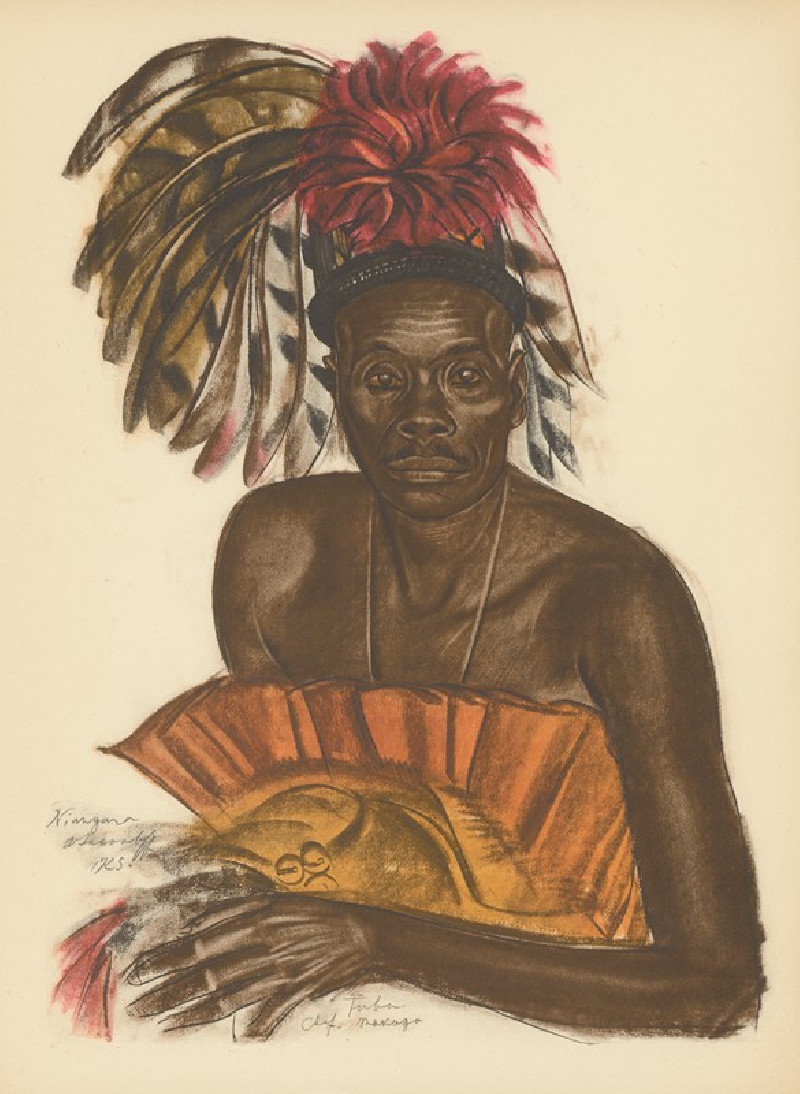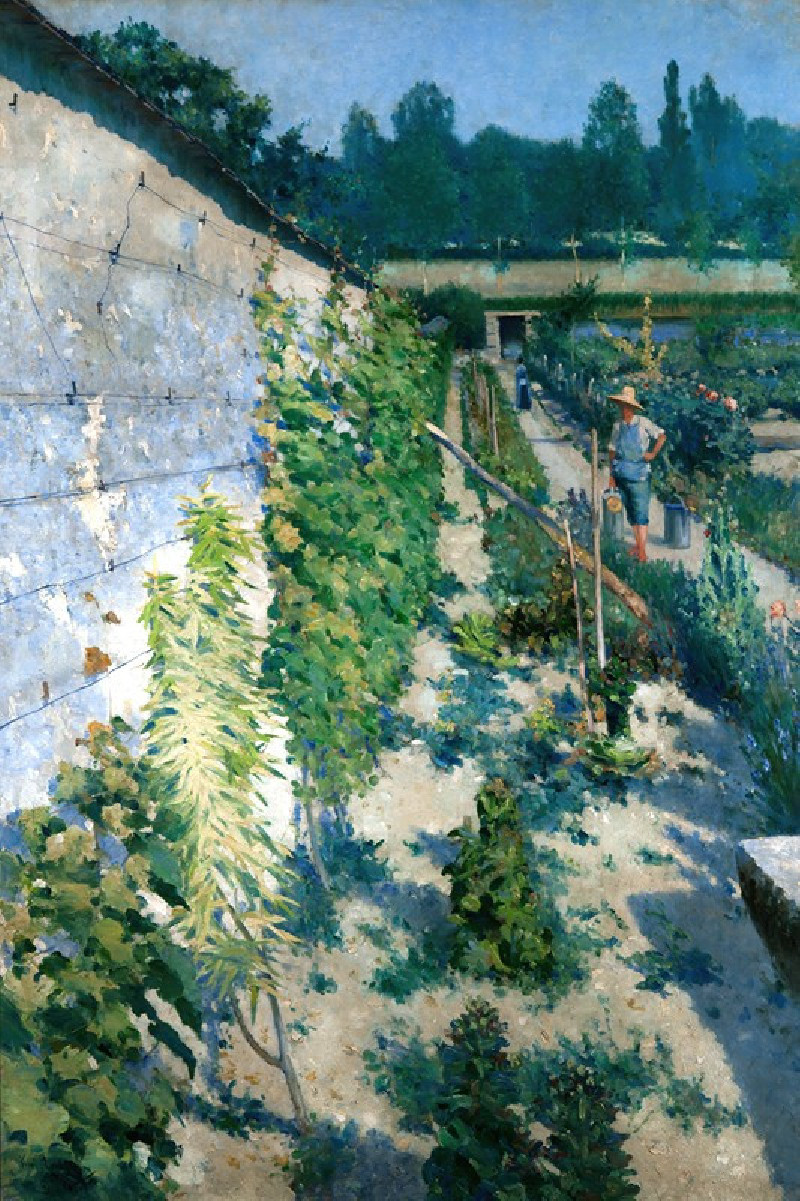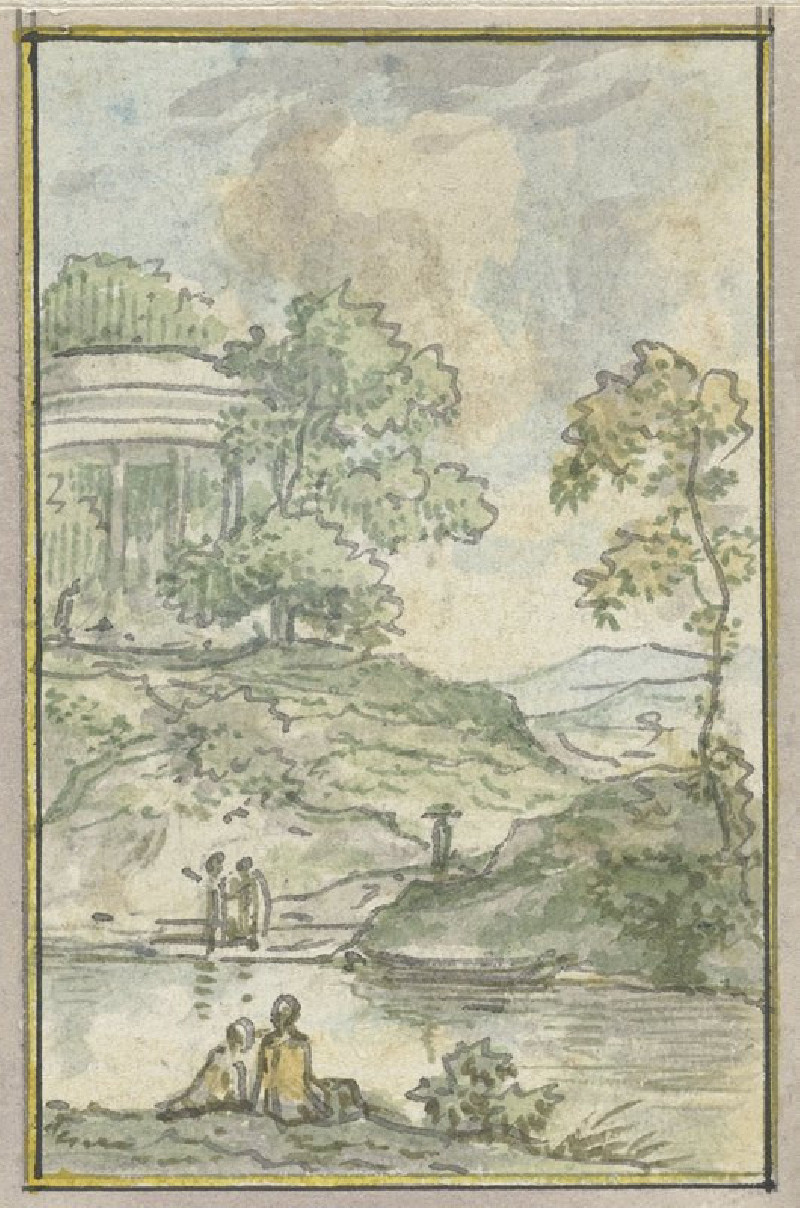La Côte Du Jallais À Pontoise (circa 1877-81)
Technique: Giclée quality print
Recommended by our customers
More about this artwork
Paul Cézanne's masterpiece, "La Côte Du Jallais À Pontoise" (circa 1877-81), is a captivating example of the artist's transition from Impressionism towards a more structured form of painting that foreshadowed Cubism. This serene landscape invites viewers into a tranquil yet dynamic environment located in Pontoise, a town that was a significant hub for Impressionist painters during the late 19th century.The painting vividly depicts the lush greenery and rolling landscapes of the French countryside. Cézanne’s use of light watercolor washes creates a sense of lightness and airiness, capturing the essence of a sunny day. The composition is a blend of soft, overlapping hues of green, yellow, and blue, rendering the foliage with an almost ethereal quality. Strategic strokes of stronger colors mark the outlines of trees and paths, guiding the viewer’s eye through the rustic scenery.In the foreground, the gentle inclinations of the land are sketched with quick, decisive strokes, suggesting movement and growth. As the eye travels towards the background, the scene opens up to expose distant buildings nestled among the trees, reminding one of the peaceful coexistence between nature and human habitation in this rural setting.Paul Cézanne's "La Côte Du Jallais À Pontoise" not only reflects his artistic prowess but also epitomizes the harmonious balance between man, nature, and art, making it a timeless piece worthy of admiration and study.

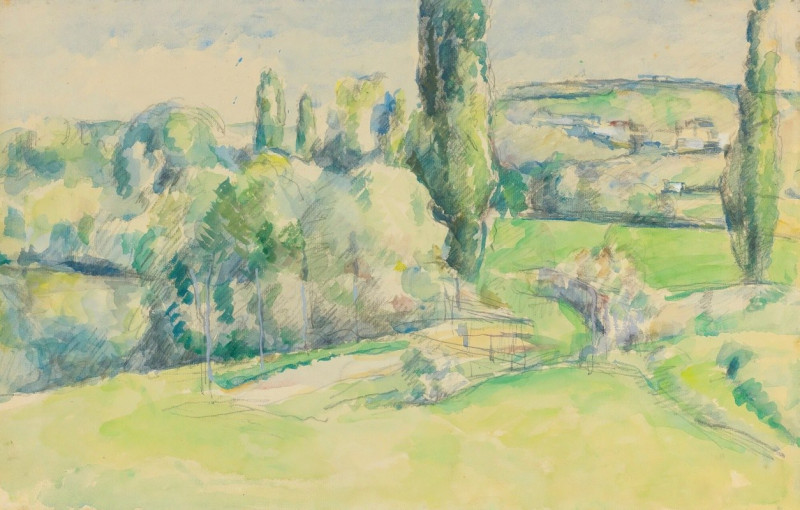
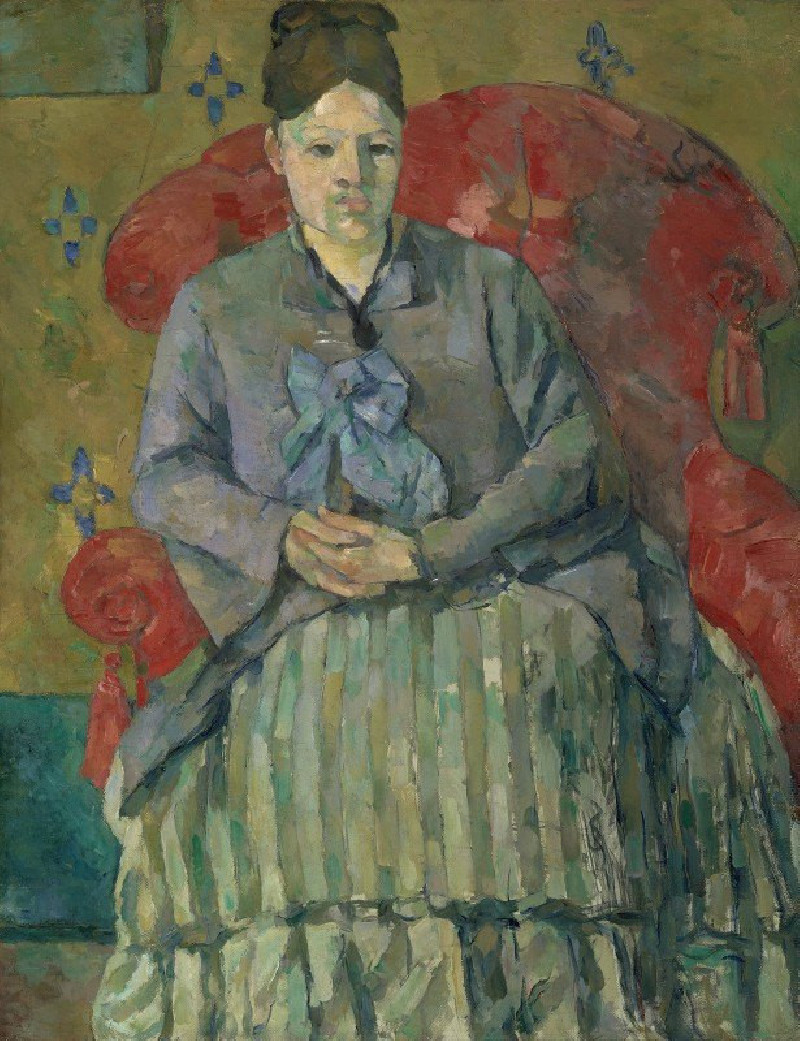
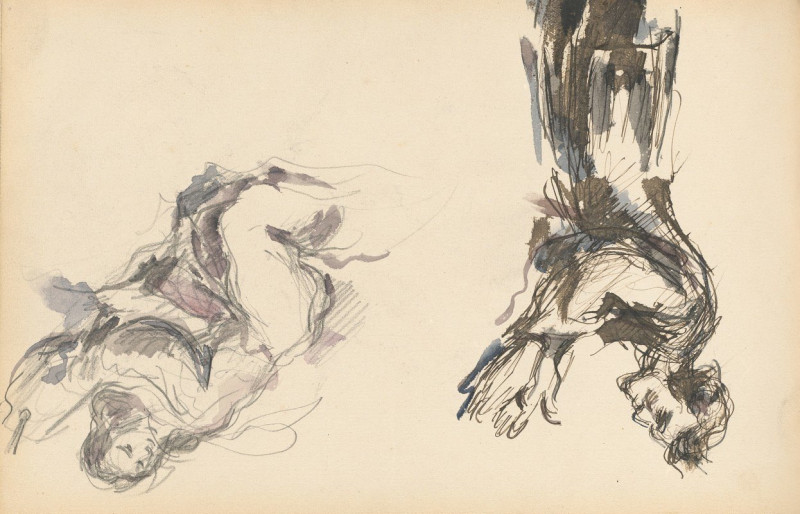

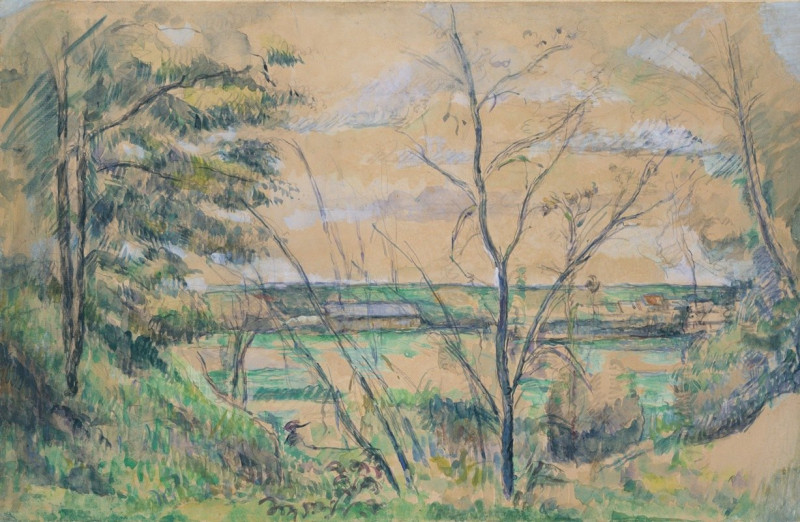
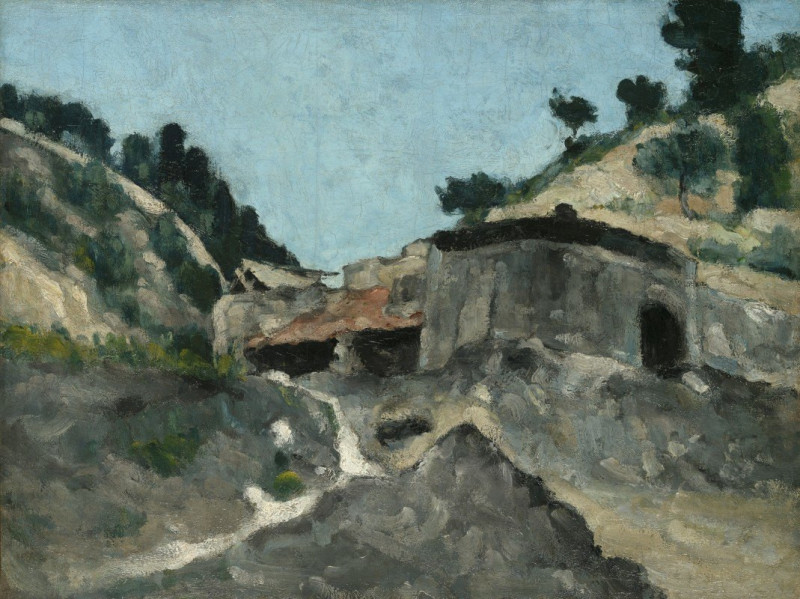


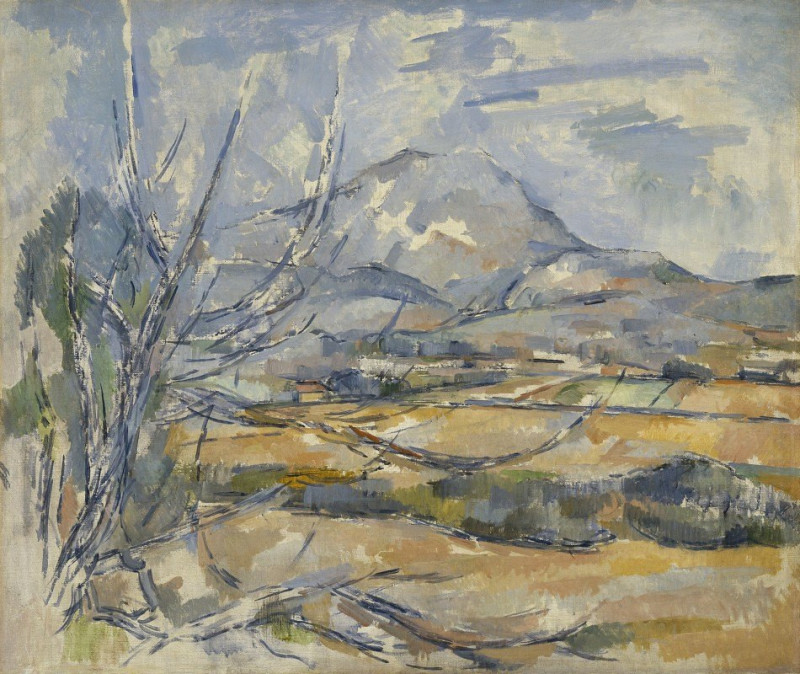

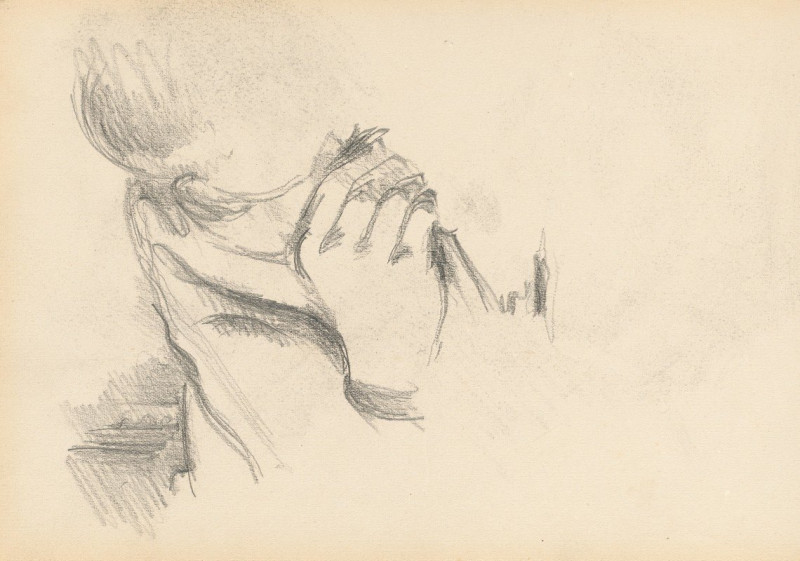
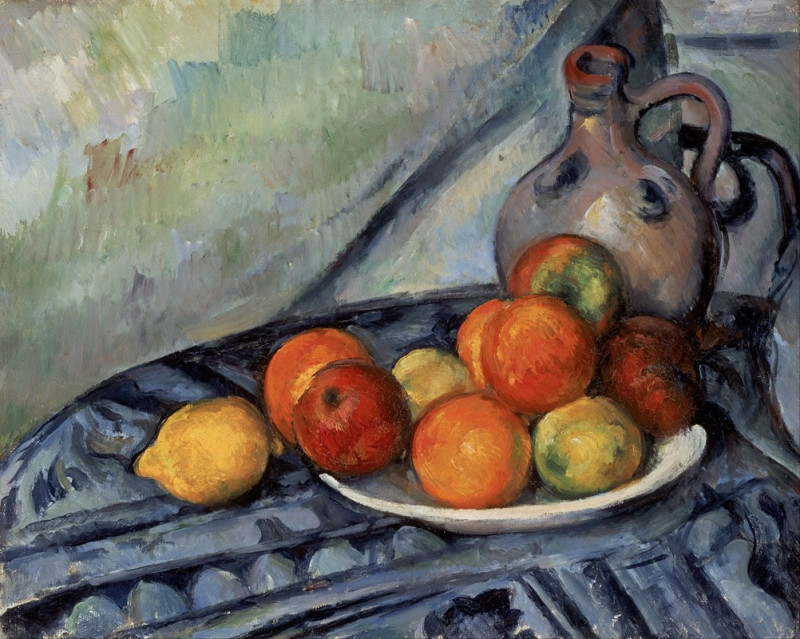
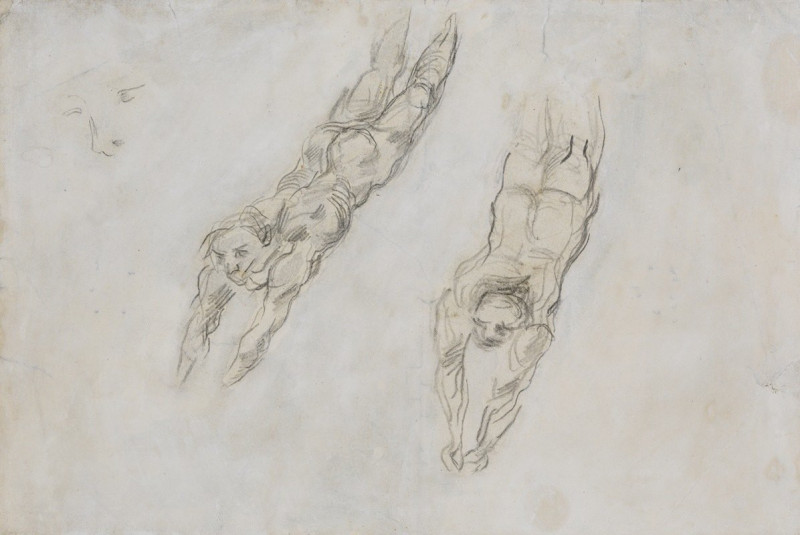
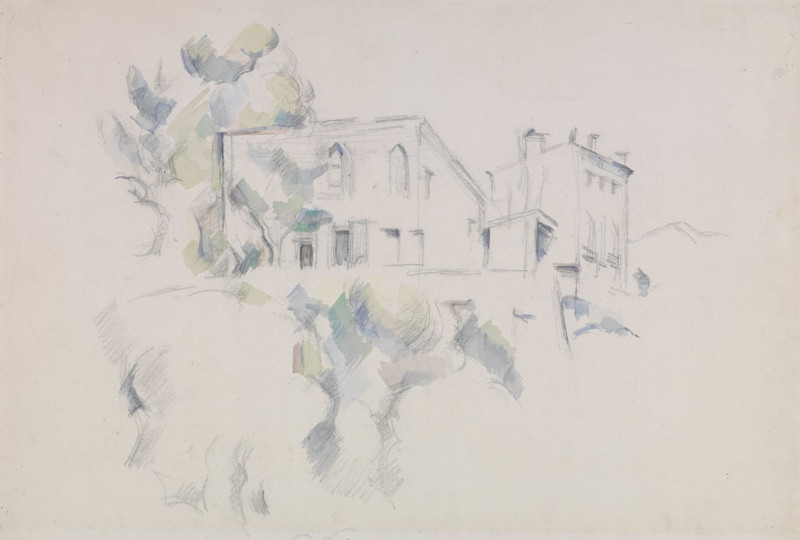




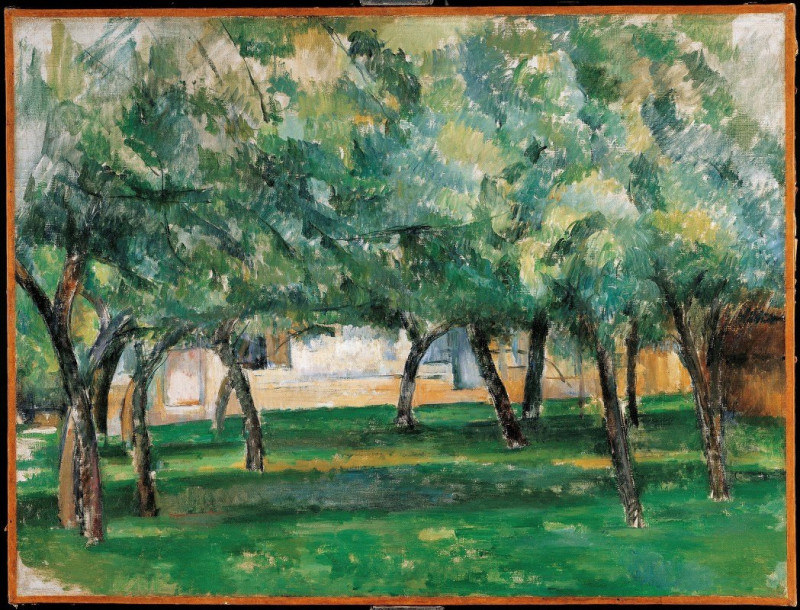
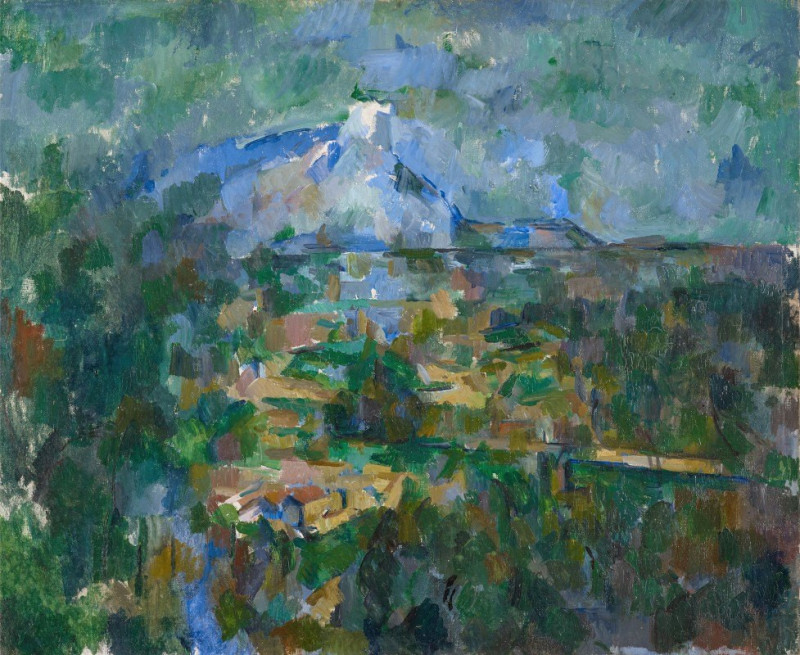

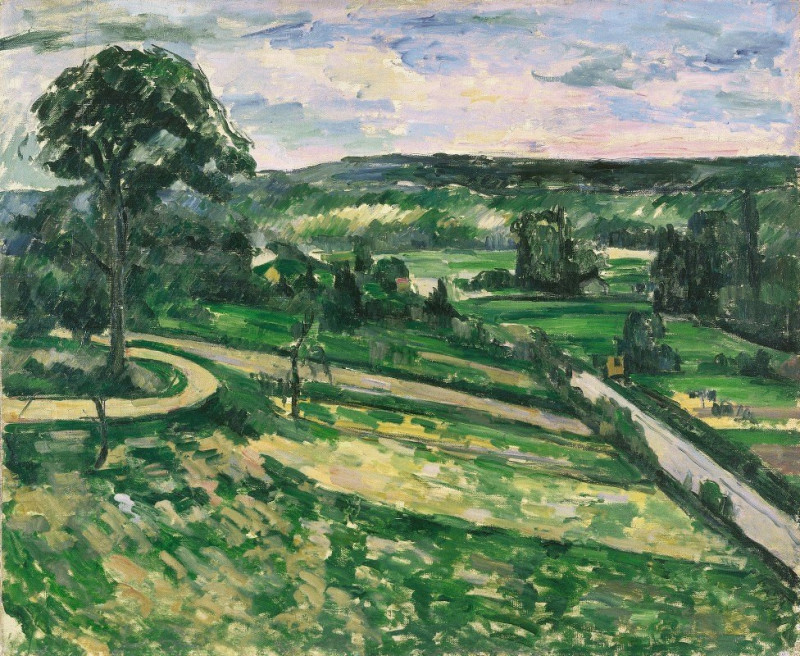
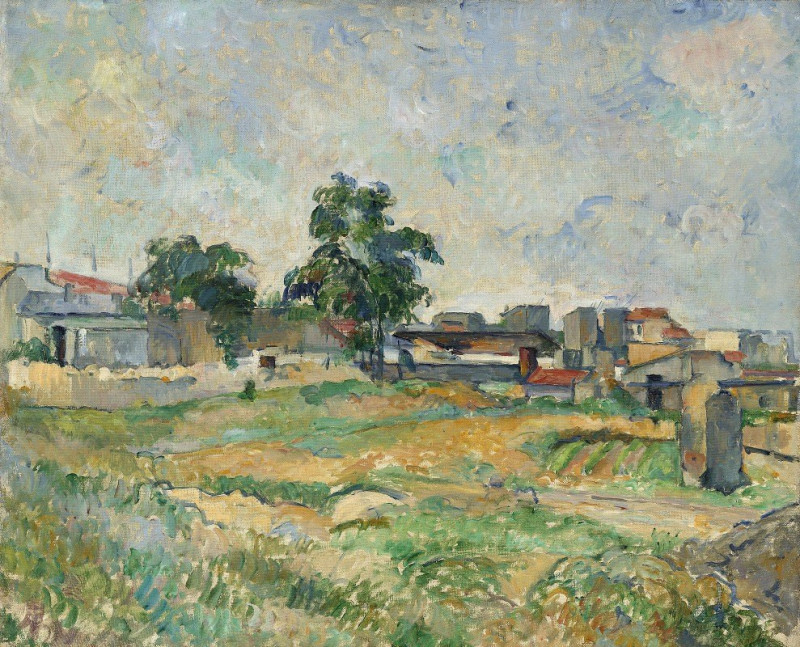
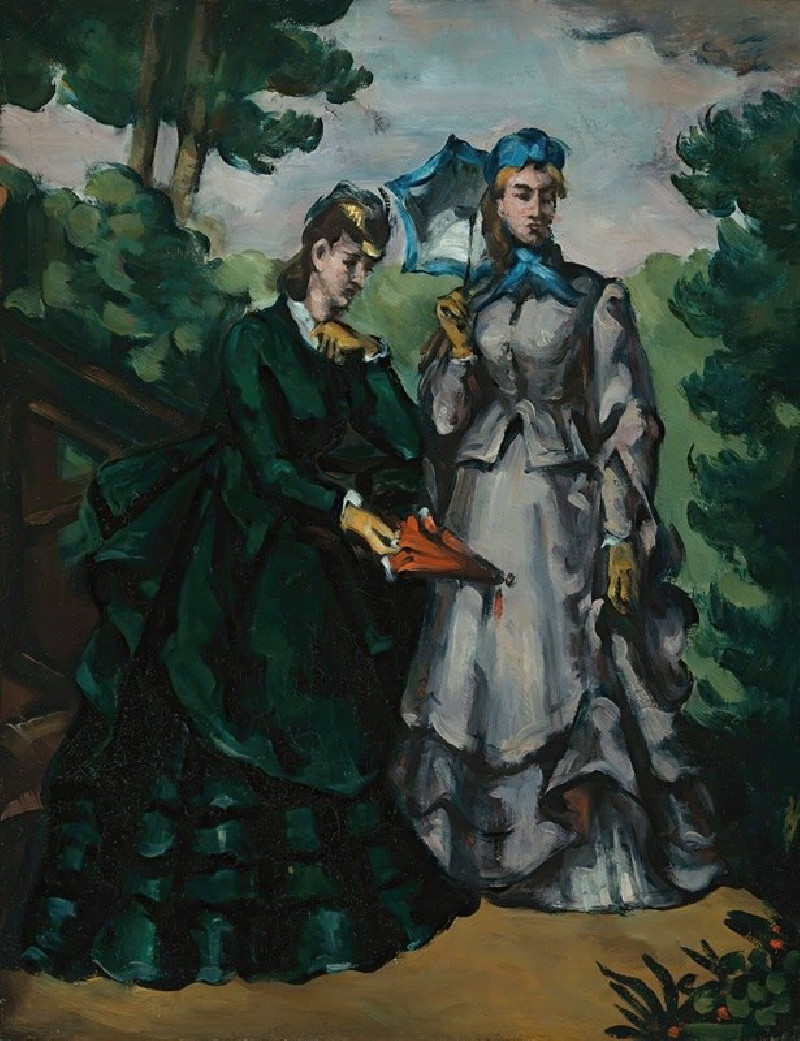
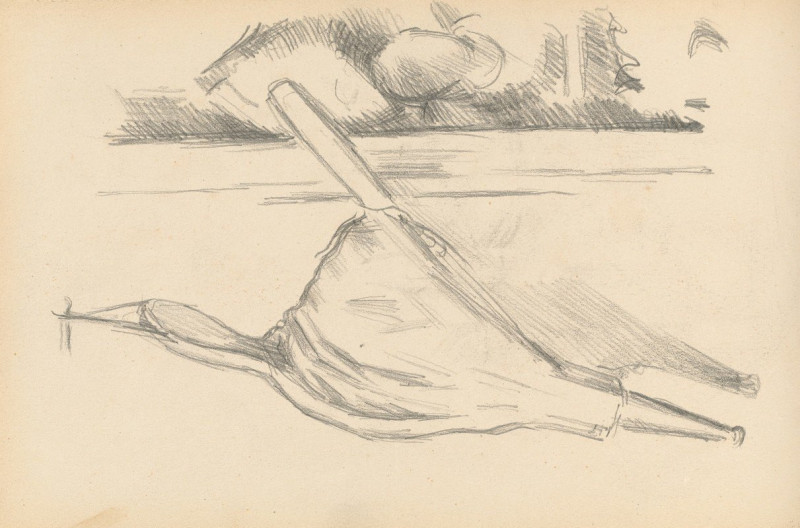
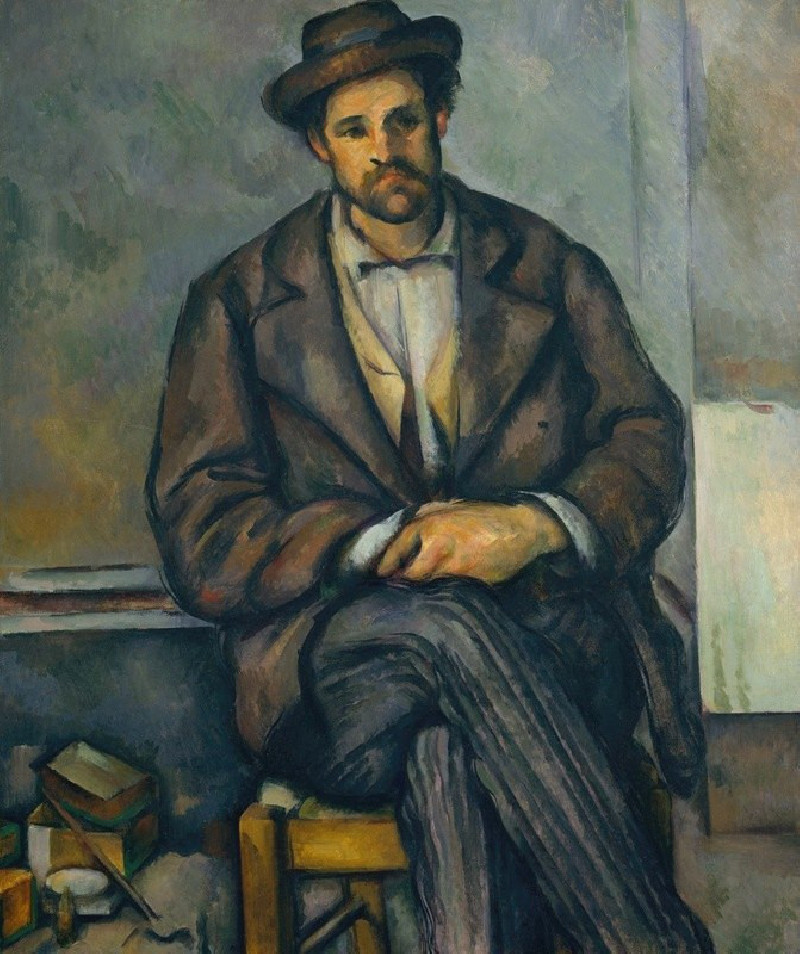
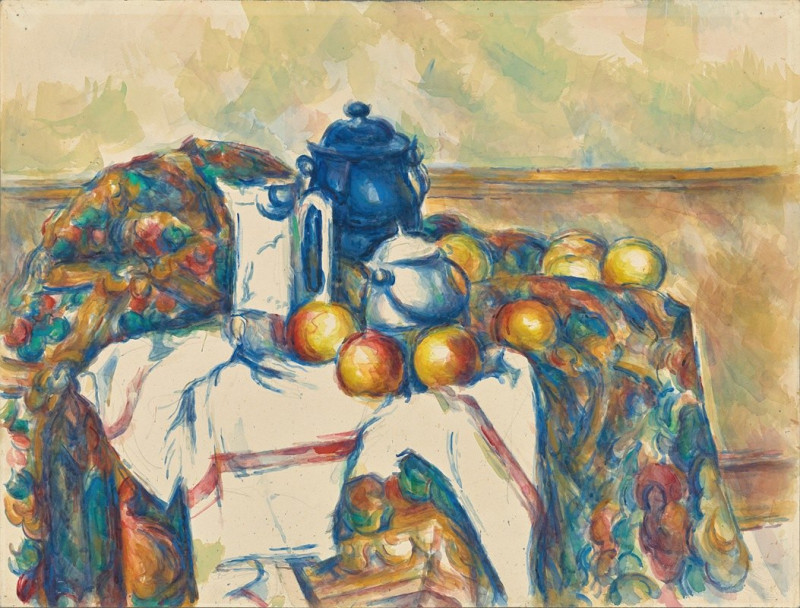
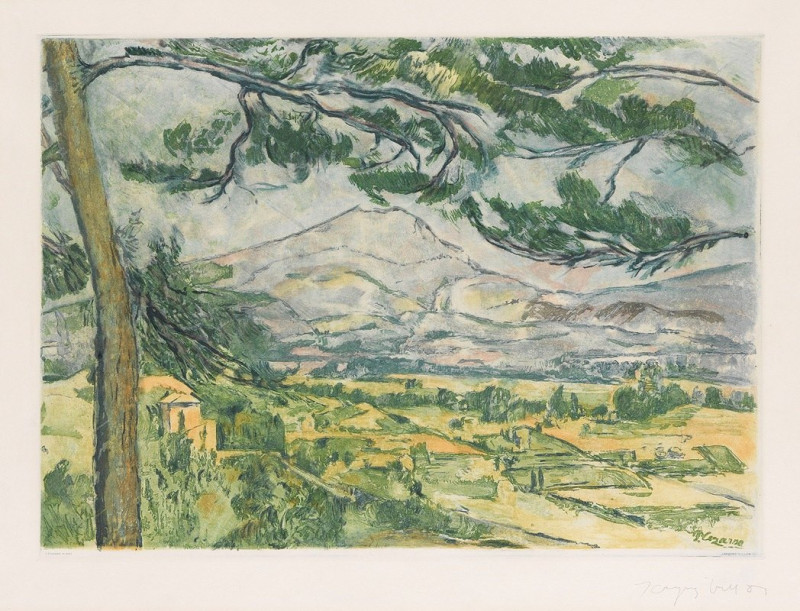
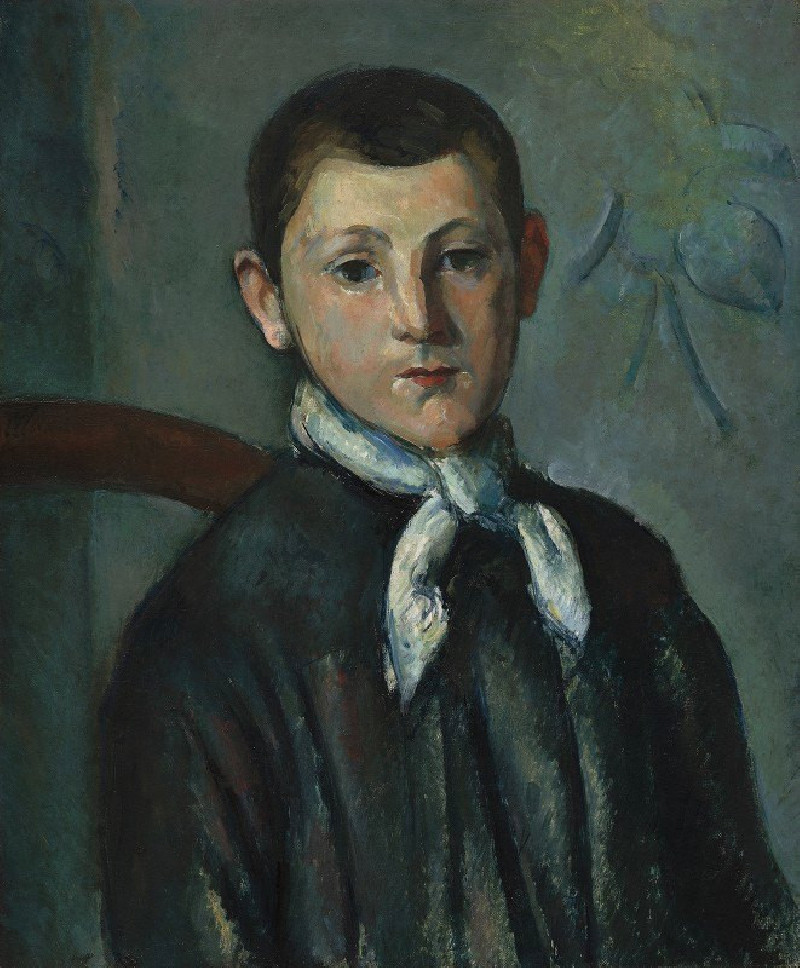
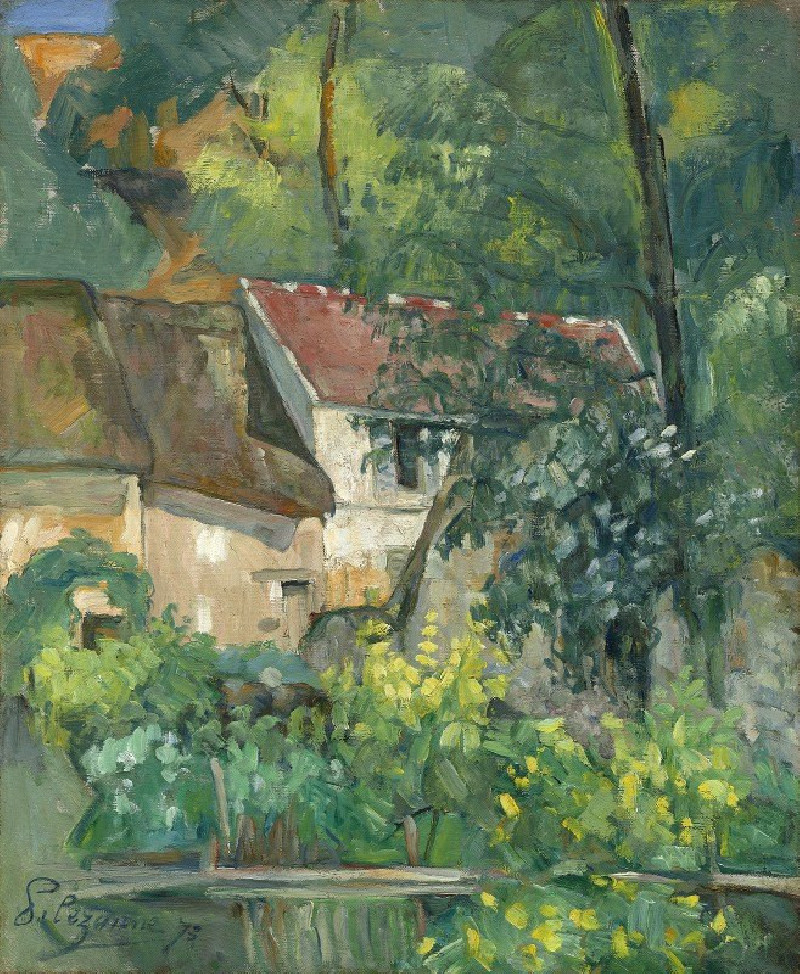
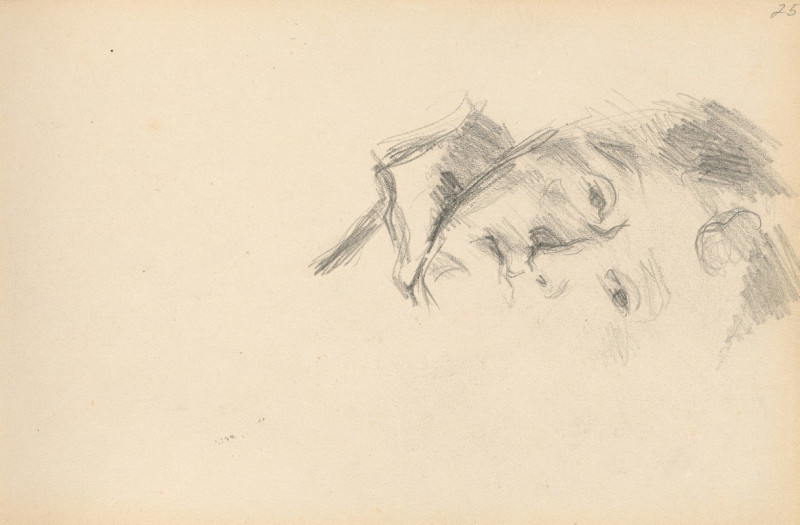
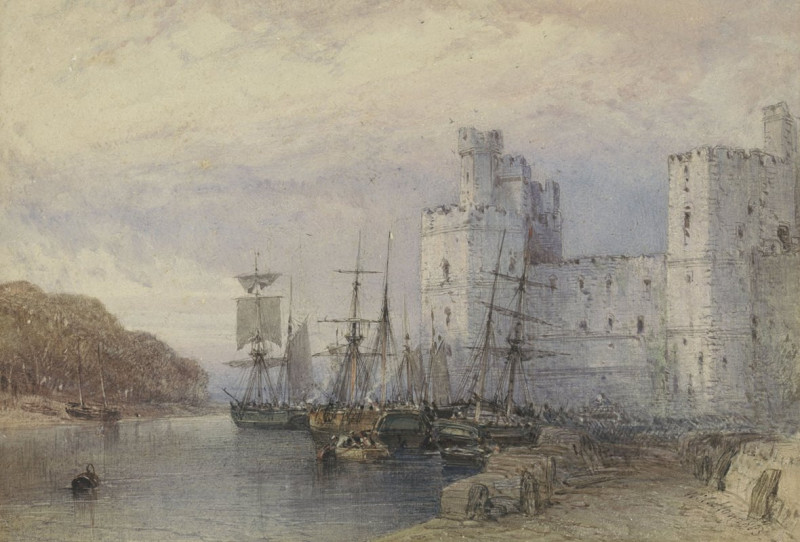

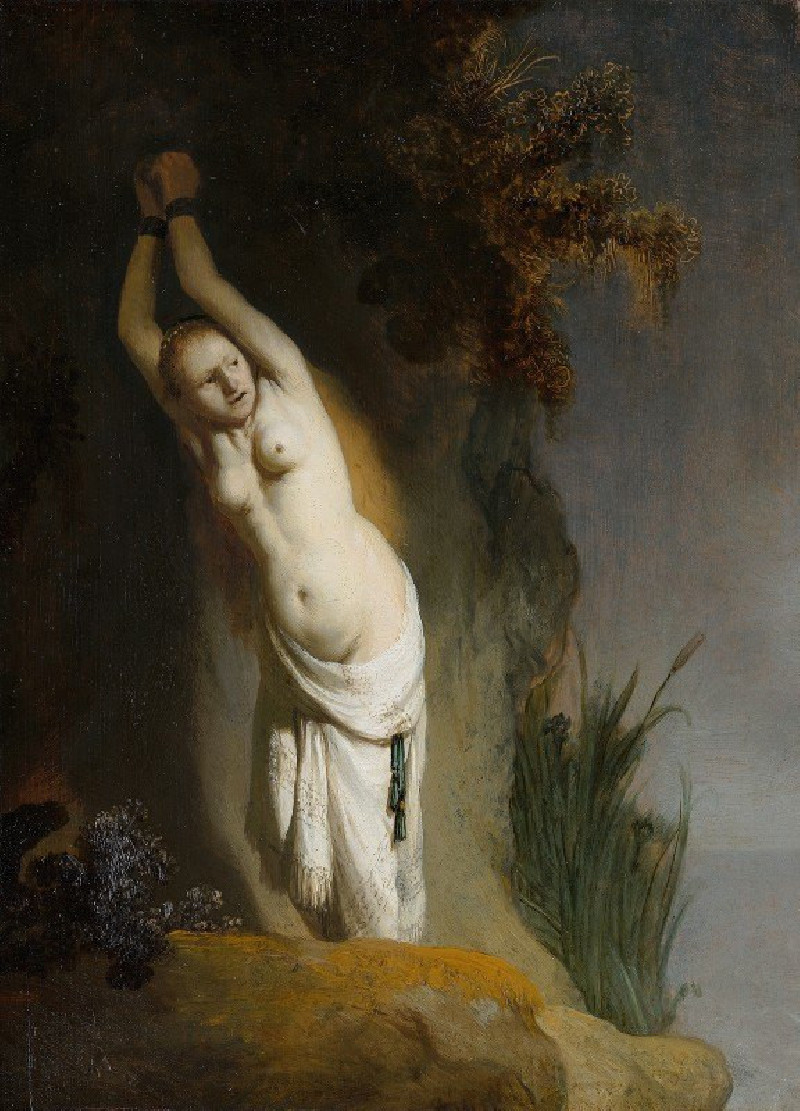
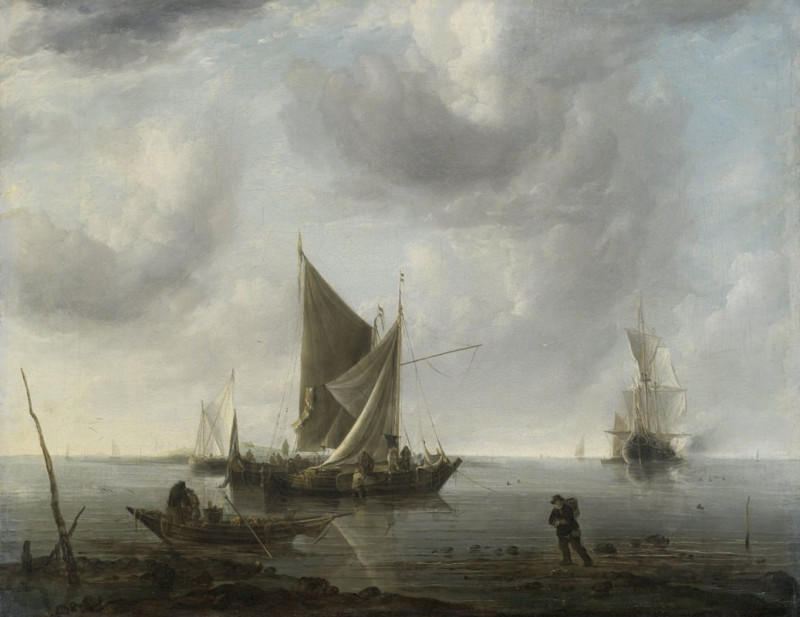
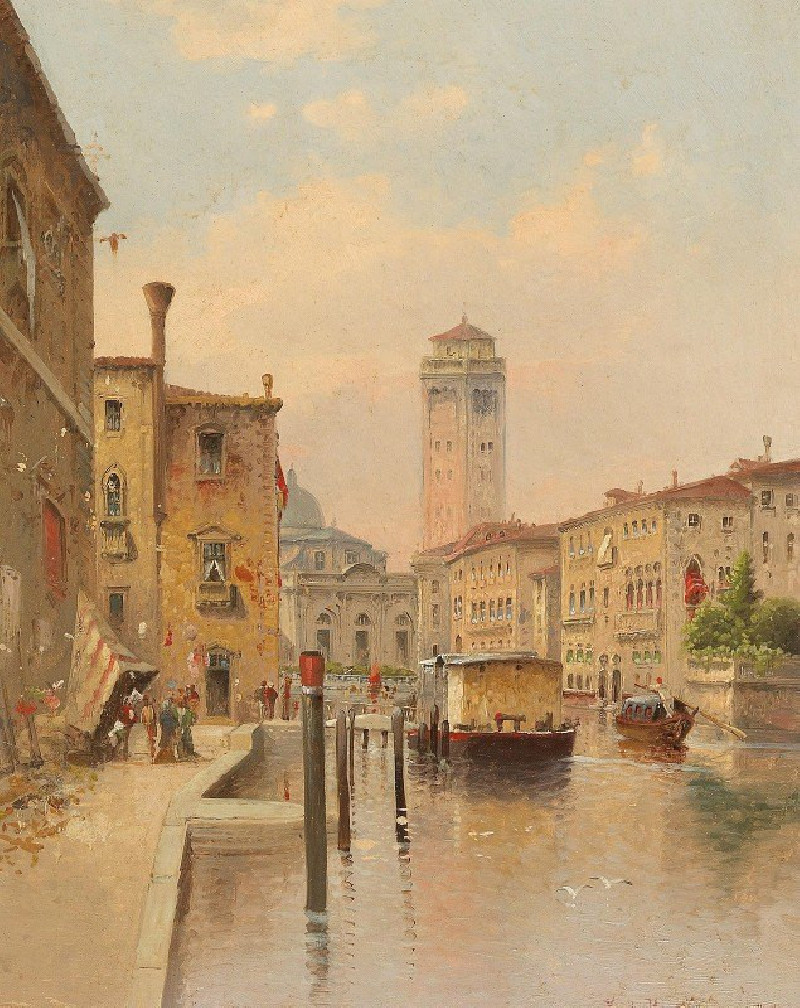
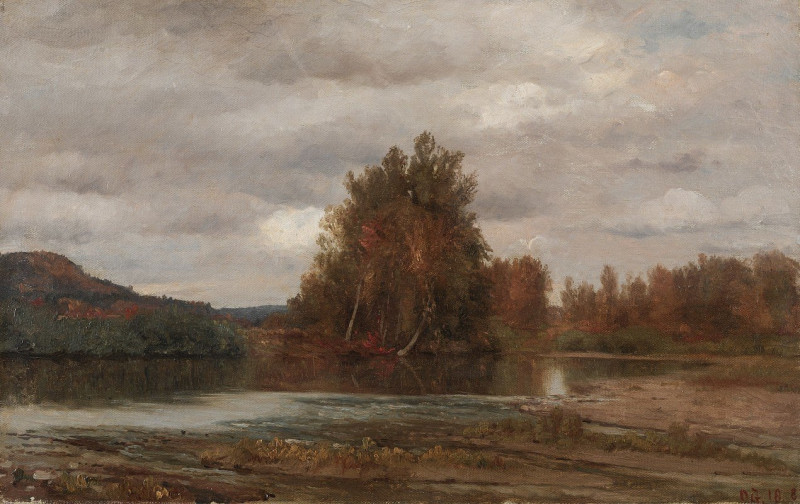

![Front elevation of the Great Temple of Aboosimble [sic]. Nubia.(Frontispiece, vol. 2) (1846-1849) reproduction of painting by...](https://reprodukcijos.lt/39233-large_default/reproduction-of-front-elevation-of-the-great-temple-of-aboosimble-sic-nubiafrontispiece-vol-2-1846-1849.jpg)
